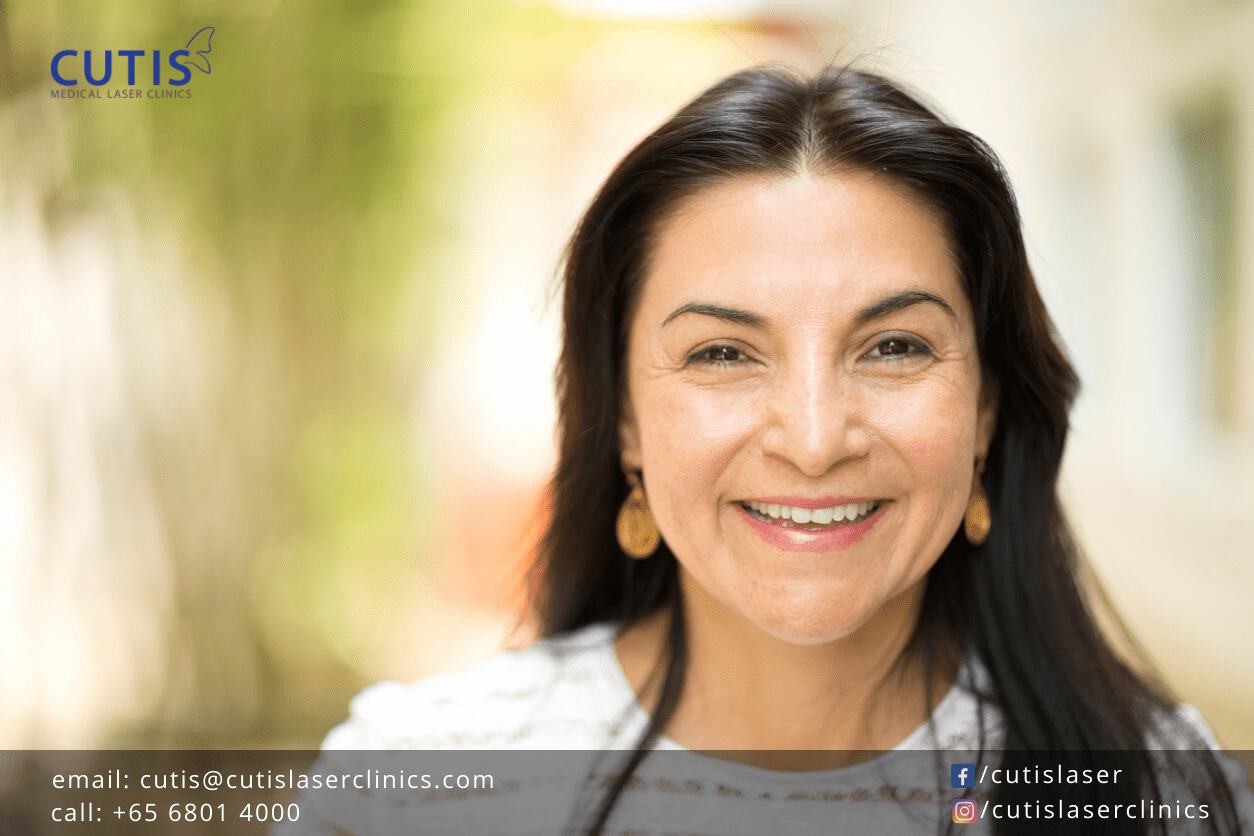When it comes to maintaining and restoring a more youthful appearance, injectable treatments like Botulinum Toxin and dermal fillers can be a great help. Both can reduce signs of aging without the pain and longer recovery time associated with surgery. They can give you a well-rested look by smoothing wrinkles and restoring lost volume.

Botulinum Toxin and dermal fillers, however, can sometimes cause swelling/bruising post-treatment. While this is a common side effect in many injectables, it is usually mild and temporary. There are also things you can do to prevent, reduce, or minimize your likelihood of swelling after getting fillers or Botulinum Toxin in Singapore.
Is bruising after Botulinum Toxin and dermal fillers normal?
Bruising is a normal side effect of Botulinum Toxin, fillers, and other cosmetic injectables. It occurs when a needle knicks a blood vessel, causing the blood to leak below the surface of the skin. This can also make the treatment site look purplish or reddish.
Having a skilled injector can help minimize your risk of bruising, but this does not guarantee that the said side effect will never occur. It is also important to keep in mind that some people are more prone to bruising than others, especially older patients or in areas with less collagen and other essential skin proteins.
Some patients may notice bruising immediately after the injection, while others see it a day or two later. This typically resolves on its own after a few days, but there are also cases where it may last for a week. Just do take note that the appearance of bruising and the healing process vary from person to person.
How to prevent or reduce bruising
Learning more about the procedure and planning ahead are both beneficial. Here are 7 things you can do to minimize bruising or manage it if it occurs.
1. See a qualified injector
Prioritize skills, experience, and training when choosing an injector. Experienced and board-certified dermatologists, plastic surgeons, and aesthetic doctors can help you achieve a natural appearance and avoid side effects with the proper dosage and correct injection technique.
Our very own Dr. Sylvia Ramirez is a US-Board certified physician and Harvard-trained. She has years of experience administering Botulinum Toxin and fillers, as well as prefers a natural look for her patients.
Here are some things you should know when getting Botulinum Toxin for the first time.
2. Avoid blood-thinning medications or supplements
Most doctors and injectors usually recommend patients to stop taking medications that can cause blood thinning or impede the blood’s ability to clot at least two weeks before the treatment. These include:
- NSAIDs or non-steroidal anti-inflammatory drugs (like aspirin or ibuprofen)
- Anticoagulants (Warfarin, Heparin)
- Vitamin E supplements
- Gingko Biloba
- Omega-3 supplements/fish oil
- Flaxseed oils
- St. John’s Wort
Make sure to talk to your physician first before discontinuing any regular medication. You should also let your injector know about the supplements and medications you are taking.
3. Elevate and ice the area
After the procedure, avoid sleeping or lying down flat on your back. It is recommended to keep your head raised higher than your heart and apply ice at regular intervals. Elevating the area prevents fluids from accumulating, while icing constricts your blood vessel, therefore reducing bleeding.
4. Don’t touch the area
For at least six hours after the procedure, avoid touching the area or putting any pressure on the injection site. This is to prevent the Botulinum Toxin from migrating to other areas and avoid causing any trauma to the blood vessels, which can lead to further bruising. It is also likely because your face might still be sensitive.
5. Avoid vigorous exercise
Activities that increase your heart rate and blood flow can lead to bruising. This is why you should avoid intense workouts two to three days after your injection. Instead of doing intense aerobic exercises or weight training, switch to gentle routines like walking or light stretching.
6. Take arnica
Arnica Montana is a natural supplement that is available in oral tablets and topical ointment/cream. You can benefit from taking the supplement after your filler or Botulinum Toxin injection to reduce any discomfort and treat bruising. Many injectors also recommend taking arnica several days before the treatment to reduce your chances of bruising.
7. Avoid alcohol
Alcohol increases your risk of bruising, as it temporarily relaxes and expands blood vessels, as well as increases blood flow. This can happen even with small amounts of alcohol. It is best to avoid drinking one to two days before and after the procedure. This is particularly important if you have a tendency to bruise easily.
Read and check out our previous post on how to avoid bad Botulinum Toxin in Singapore.
Schedule a consultation today
Are you considering Botulinum Toxin and dermal fillers to look younger and more rested? Contact Cutis Medical Laser Clinics in Singapore today and schedule a consultation with our aesthetic doctor to find out which anti-aging injectable is right for you.
- If you would like to be an informed patient, please contact us at +65-6801-4000 or
hello@cutislaserclinics.com. - Cutis Medical Laser Clinics, 9 Scotts Road Pacific Plaza, Scotts Medical Center #08-07, Singapore – 228210
+65-6801-4000 - hello@cutislaserclinics.com
